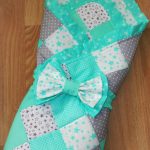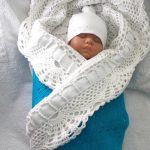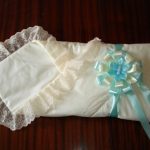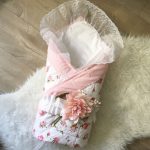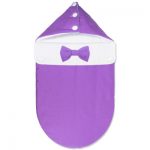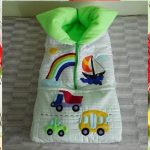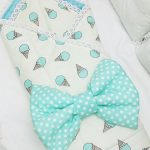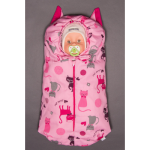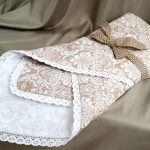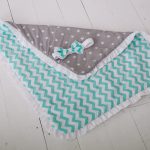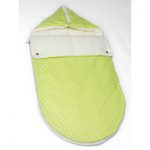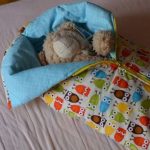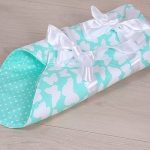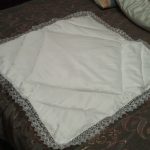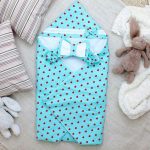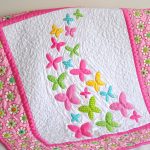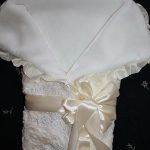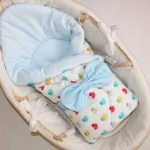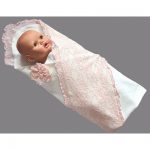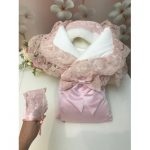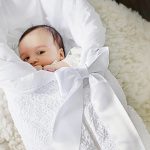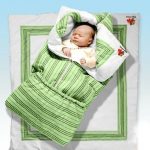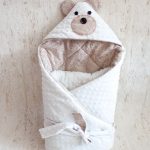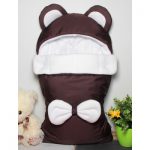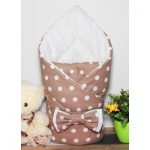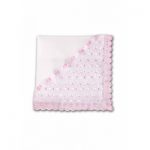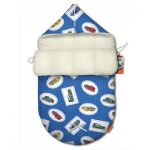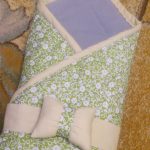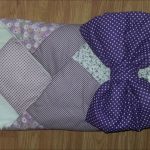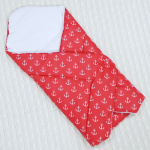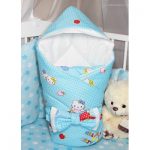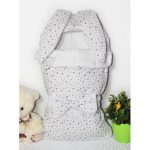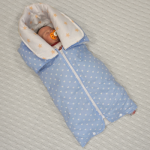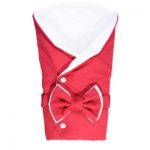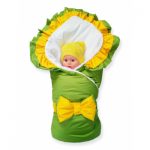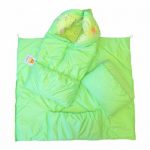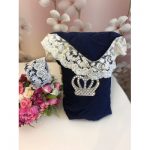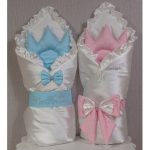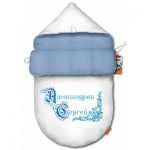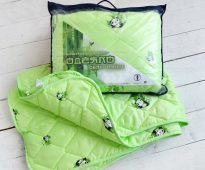 How to wash a bamboo blanket in a washing machine?
How to wash a bamboo blanket in a washing machine?
Blanket on the statement with their own hands
An extract from a maternity hospital is a festive event, which you need to prepare with great care. Attention requires the appearance and comfort of the baby. Bodie, socks, undershirts, shirts ... All this is necessary for the child, and may vary depending on the season. However, the most stable attribute is a blanket.
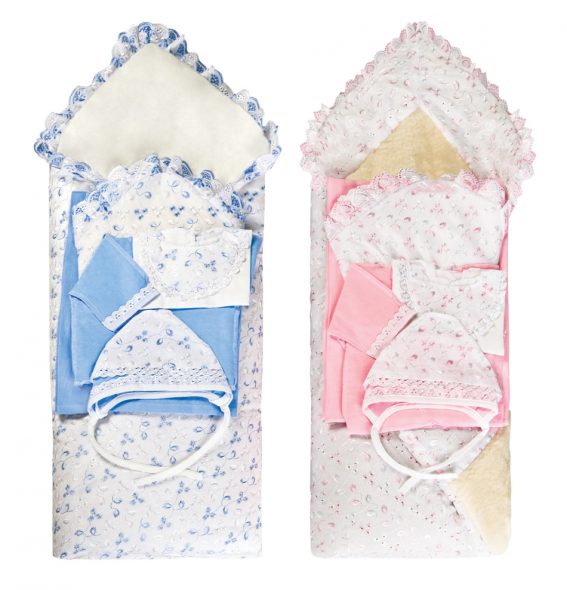
Summer discharge kits for boys and girls
In the winter months, a warm blanket will cover the little body from the cold wind and keep it warm. In the summer it should not be tight so that the baby does not sweat. At high temperatures, its role - protection from winds, insects and dust. And the decor of the blanket will look beautiful in photos, especially if it consists of lace.
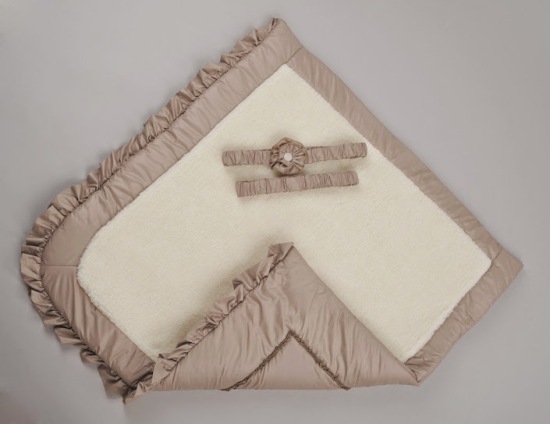
Children's blanket envelope with warming for the winter baby
Therefore, the choice of an envelope for discharge must be approached with great care. And the best way to sew it with your own hands.
Content
- 1 Baby blanket on your own statement
- 2 Cutting and step-by-step sewing instructions do-it-yourself
- 3 Calculate the amount of materials
- 4 With ties or zippers
- 5 Summer and winter options
- 6 Zippers and strings
- 7 Blanket transformer do it yourself
- 8 Phased sewing
- 9 Total
- 10 Video: Blanket-Envelope with a bow on discharge in the maternity hospital
- 11 50 beautiful blanket covers for newborns on discharge:
Baby blanket on your own statement
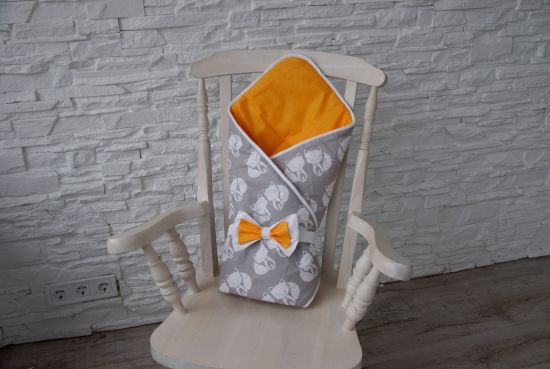
Beautiful bilateral self-made blanket for a warm season
Sewing a baby blanket on the statement with your own hands is not as difficult as it may seem.
The main advantages of sewing independently are:
- finding the appropriate composition of tissues;
- independent choice of colors and patterns;
- the ability to adjust the size, depending on the height and weight of the baby;
- Sewing on parts that create a unique appearance of the finished product. For example, lace.
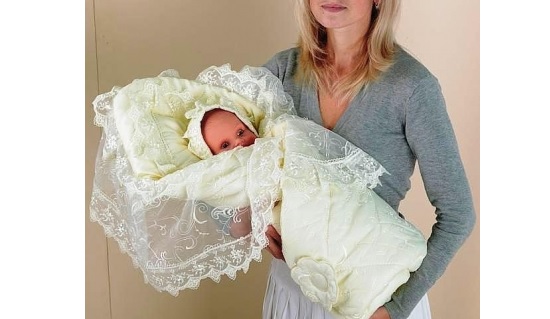
Lush blanket with lush trim for discharge from the hospital
Types of materials and fillers
Self-sewing does not require unusual fabrics and tools. The main thing is that the product contains as many natural materials as possible, especially in those places where the fabric touches the skin of the newborn.
It is worth paying attention to the decorative elements. They should not be too much, they should not be sharp, dangerous for the child. In the worst case, the kid get hurt.
The general list of materials for sewing an envelope for a newborn consists of the following items.
- Two types of fabric that will be located on the inside and outside.
As mentioned earlier, in places where the fabric comes in contact with children's skin, the fabric should be natural to eliminate the appearance of allergies. The most suitable type is cotton fabric. Despite its ability to crease, it is recognized as the most hypoallergenic material. The outer surface can be sewn from satin or silk, depending on the desired appearance. It is not forbidden to create two sides of the envelope from one fabric. At the same time perfectly suited satin, cotton and poplin.
- Sewing gum, as well as satin ribbons for decoration, sewn from the outside of the envelope.
- Lace and frills.
If lace was chosen as an ornament, it is better to use several types of organza lace: narrow (less than 80 cm) and wide (more than 1 m).
- Pins and needles for fixing tissue.
- Scissors.
- Measuring tape.
- Sewing machine.
- Sintepon as a filler.
Cutting and step-by-step sewing instructions do-it-yourself
Cutting patterns and tailoring do not take much time. The main thing is to have good tools and prepare materials in advance so as not to waste time searching for missing parts.
Phased manufacturing envelope blanket to discharge the newborn
- From the fabric for the outer and inner side, as well as from the padding fabric cut two identical squares. They should be 1 cm larger than the estimated size of the blanket.
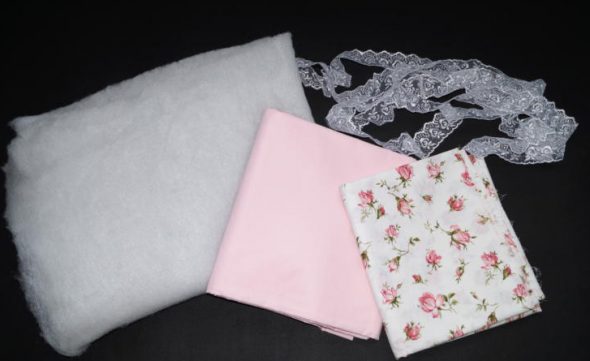
Materials for sewing envelope
- Place two squares of fabric material on the carved sinteponov square, facing them side by side.
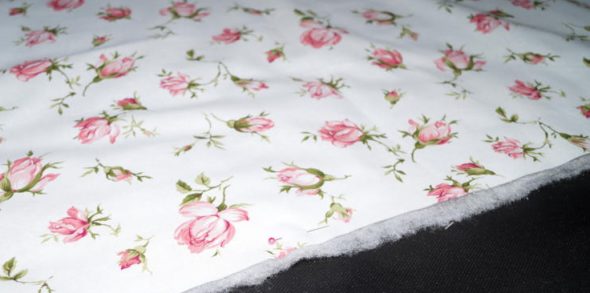
First we take the square of the fabric for the front side of the envelope and the synthetic winterizer and fasten them with pins between each other, stitch it on the machine in the form of some kind of pattern
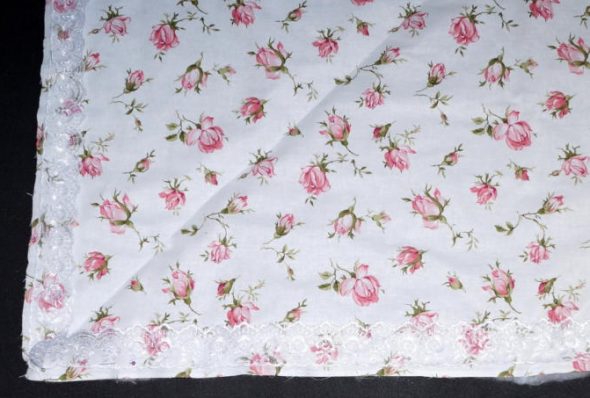
Sewing lace to the edges of this square
- Sew the fabric on three sides, leaving one part of the edge not stitched. Use it to turn the blanket face out.
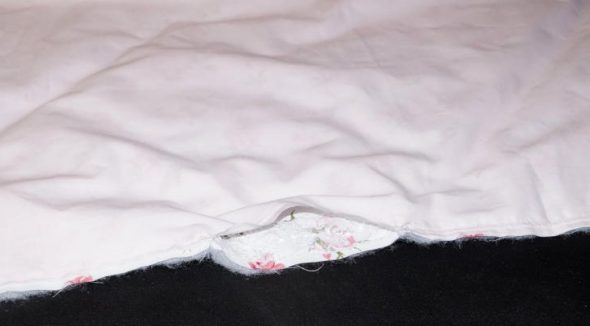
We put the second square of the fabric and stitch it all over the edge, stitching all the layers together, leaving about 10 cm of unprobered
- Insert the sinteponov square in the remaining window and sew each other side of the edge with a secret seam.
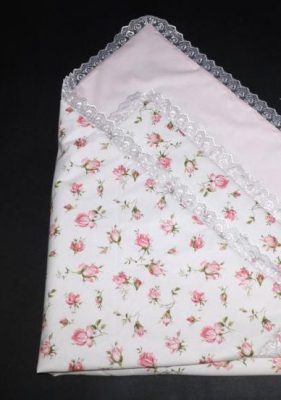
We turn out, manually sew up the hole and get a beautiful envelope on the statement
- To preserve the product in its original form, extend the service life and provide additional strength, it is necessary to sew a blanket diagonally with a small seam, creating the contours of the rhombus.
Sewing a bow to decorate a discharge envelope
- To create a satin ribbon, cut two strips, the width of which should be 12 cm.
- Lay the parts facing each other. Sew around the edges.
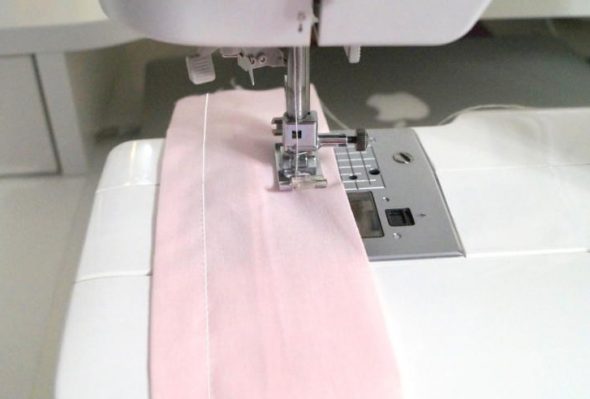
We sew a strip of fabric for a belt, turn it over, we stitch 2 times in the center of this strip, we insert a rubber band
- Turn the strips face out.
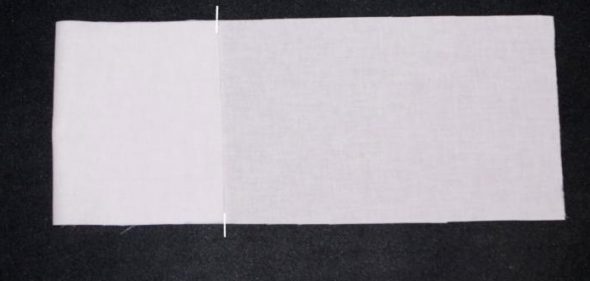
For the bow, we take a wide strip of fabric, measure out the middle and bend the edges to it.
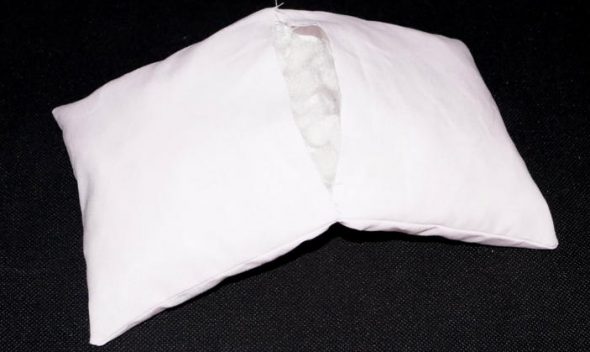
Stitch above and below, turn out, fill holofiber
- To increase the functionality, you need to insert an elastic band in the resulting tape, stitch it with a seam. For decoration from above you can sew a large bow or a flower of ribbons. The decor of lace, sewn with the upper side of the discharge square, looks beautiful.
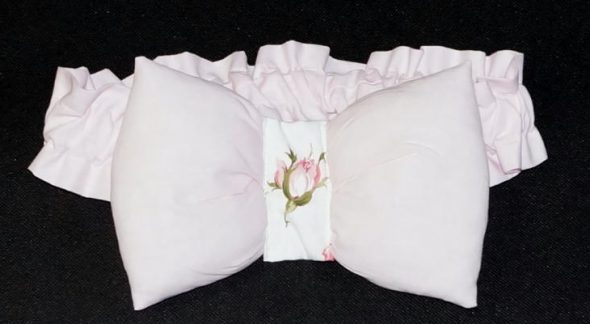
We sew a hole, from a fabric of a different color we cut off a strip to connect a rubber band and a bow, sew it into a ring
Calculate the amount of materials
Each newborn has its own individual height and weight. Most often, the height does not exceed 55 cm, and the weight is 3,500 kg. Focusing on these parameters, you can create a rough representation of the child in the discharge envelope.
Most likely, the process of sewing a blanket will take place before the birth, so just guess the size of the child will not work. We'll have to resort to conventional sizes. Most often, the blanket on the statement with your own hands has the following parameters:
- sides 140 × 110;
- sides 120 × 80;
- sides 1z5 × 110;
- sides 140 × 110.
Of course, before sewing it is important to determine the age at which the blanket will be used.
It is worth noting that the child does not always have to wrap in it. At an older age, about 1.5-2 years old, you can cover a child with such a blanket, or you can cover your legs when sledding. In this case, do not sew lace decorations - they will tear. Therefore, it is important to take into account the ownership and use of a blanket for discharge.
The season in which the blanket will be used is also important. In the cold season, use a larger blanket - 140 × 110. In the summer months, smaller specimens can be used - 100 × 80.
If you decide to sew a blanket "in reserve", then you should not sew it too large. The crumb should not sink into the fabric. This is inconvenient and uncomfortable not only for the child, but also for the parents, who will have to keep their little bags.
With ties or zippers
The third main question that arises from parents: which blanket to choose? On the zipper or on the strings? Its role here also plays the time of year.
Lightning completely covers the body of the baby, not letting the winds through the edges. However, careless handling may damage the delicate skin of an infant.
The strings are more suitable for the summer season, when the warm breeze is not terrible cold. The strings will not harm the child, but it is important to ensure that children's fingers do not fall between the parts of the knots.
Summer and winter options
Summer and winter versions of models differ, first of all, by the type of fabric. In the summer it is preferable to use cotton, silk, satin. It is possible not to insert a padding pad between the layers of the fabric so as not to cause excessive sweating in the infant. The edges of the product are sewn on 4 sides at once.
In winter, the envelope must be properly warmed. Not only a layer of padding polyester or cotton wool is good, but another option is sewing with a cloth with a pile (additional warming) on the inside of the envelope. In this case, you should consider the warmth of the envelope when you dress the child. Otherwise, the child may overheat, and then catch a cold or begin to whimper because it is too hot. Winter options stitch smaller seam.
Zippers and strings
Models with zippers do not let the air through, but tightly connect the fabric, thereby retaining heat.
In the summer, it is more efficient to use strings. They will allow the envelope to be purged, ventilated, not allowing the baby’s skin to scour. It is worth noting that in this case, the details should be tightly sewn to the fabric so that they do not break at the right time.
Blanket transformer do it yourself
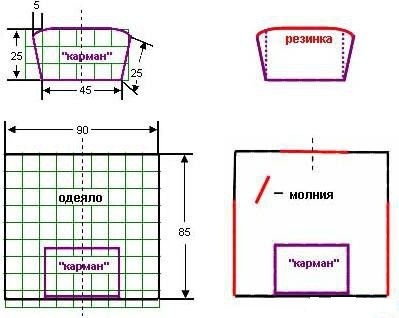
Pattern transformer blanket envelope
Now the transforming blanket is gaining popularity, which can fulfill the role of an envelope for discharge, and close the child's body from the winds. Despite the difficult name, sewing these models does not require either large monetary or time-consuming. The main thing is to strictly follow the technology, carry out the sewing of the product in stages.
For sewing blanket-transformer need the following details:
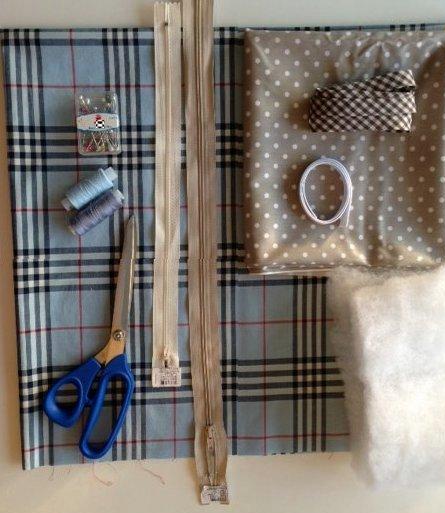
Prepare materials for sewing transformer blankets
- Fabrics for the outer side and the inner side. Size - 1.1 m.
- Sinteponovy cloth. If the model of the blanket is sewn for winter time, then it is allowed to make several layers of padding polyester.
- Sewing gum.
- Zipper or tie strap on both sides.
- Bias slant Size - 60 cm.
- Scissors.
- Pins and needles.
- Lace
- Chalk or soap.
Phased sewing
- From fabrics for the inner and outer side, as well as from the padding polyester, you need to cut a canvas measuring 90 by 85 cm in the form of a trapezium.
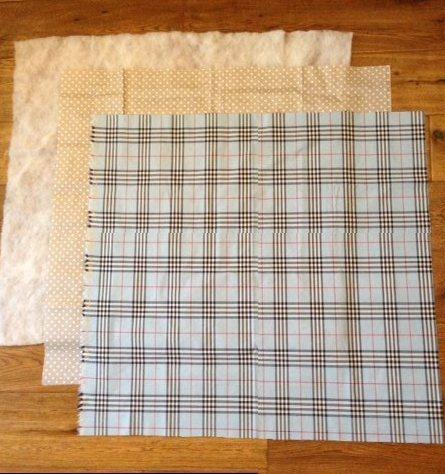
Cut out the prepared fabric, not forgetting to leave the seam allowances
- Sew the cut out details of the square on three sides, leaving one side free. The synthetic winterizer will be inserted into it.
- Cut a 45 cm by 65 cm rectangle out of the fabric, sew the parts on three sides, and then sew an elastic around the edge.
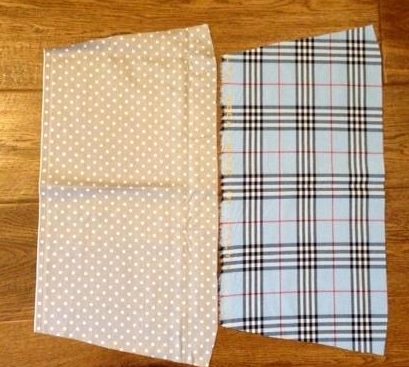
Cut out two details for our pocket.
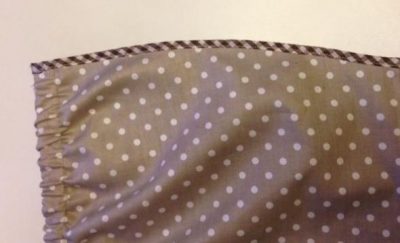
Sew the parts, lay the line for the elastic and attach a slanting inlay on both sides of the pocket
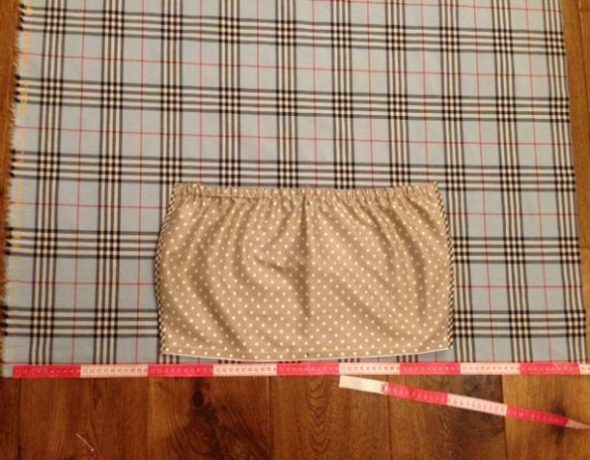
We sew a double-sided, turning away pocket to the front of the blanket for subsequent fixing of the baby in the envelope
- Sew a pocket to the main product from the top in the middle, facing out.
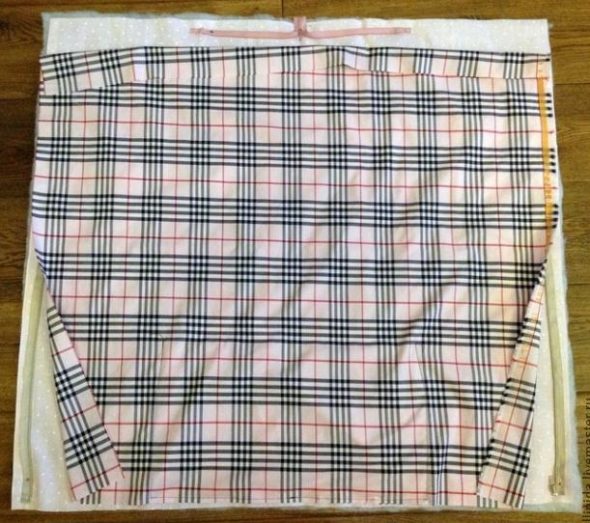
We fold the fabrics facing each other, the sintepon is below, between the fabrics will be our zippers
- Insert sintepon in the remaining pocket. Sew a part of the product with a hidden stitch.
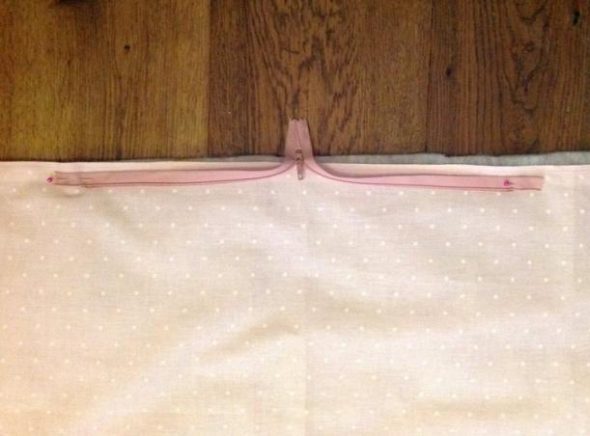
To the upper seam of the blanket, exactly in the middle, we sew an inseparable or hidden zipper to form the hood.
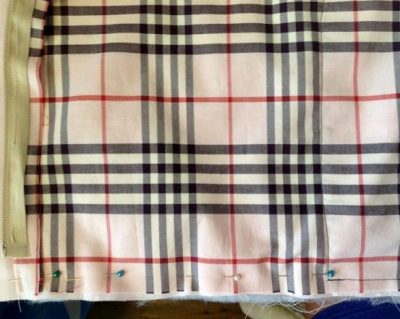
Pinning, tying in, checking and stitching side zippers of the envelope
- As a decor, you can sew lace, ribbons, other details to the front side.
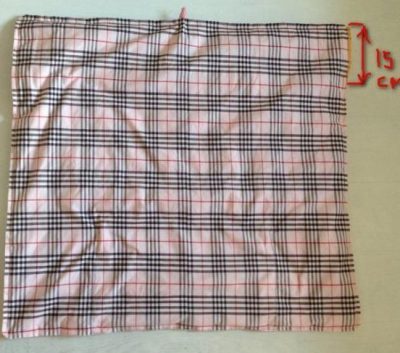
We fasten with pins the parts of the envelope, sew, turn out our envelope through the hole in the right side, check
- The transforming blanket is ready.
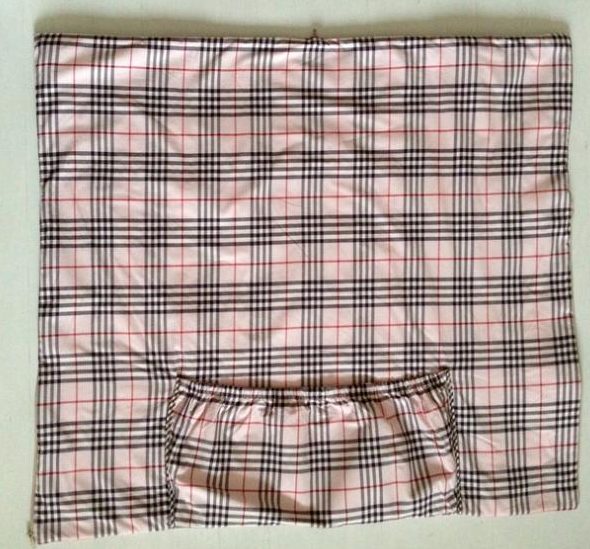
Finished blanket in expanded form
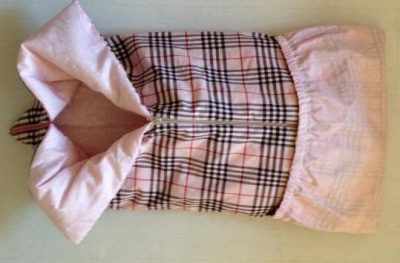
Zipper-buttoned convertible envelope
Total
Now in children's stores there is a wide range of blankets for extracts, trimmed with lace, ribbons and other decorating details. However, it is best if you sew a blanket yourself. So you will not only save money, but you will also know the materials from which the product was made, that is, you will control all the stages of creation.
Be sure that a blanket for a newborn with your own hands will last a long time, and leave good memories in the memory of children.
Video: Blanket-Envelope with a bow on discharge in the maternity hospital
50 beautiful blanket covers for newborns on discharge:
 How to wash a bamboo blanket in a washing machine?
How to wash a bamboo blanket in a washing machine?
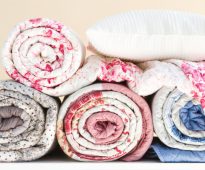 Choosing a warm blanket
Choosing a warm blanket
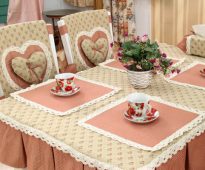 Which is better to choose fabric for tablecloths
Which is better to choose fabric for tablecloths
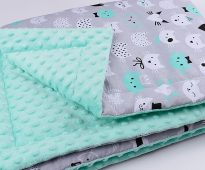 Beautiful plush blanket Minky
Beautiful plush blanket Minky
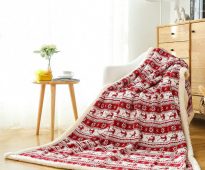 Is it possible to wash the blanket from camel wool in a washing machine
Is it possible to wash the blanket from camel wool in a washing machine
